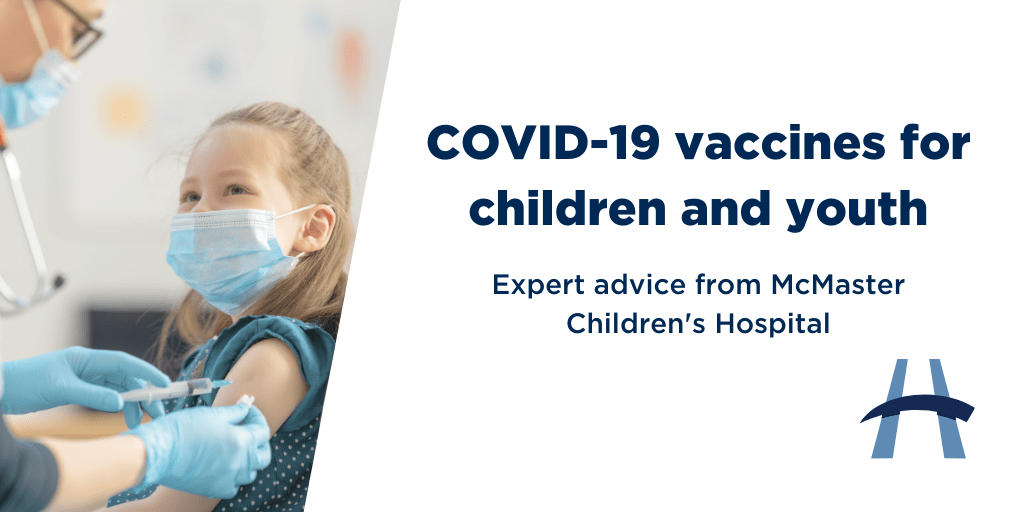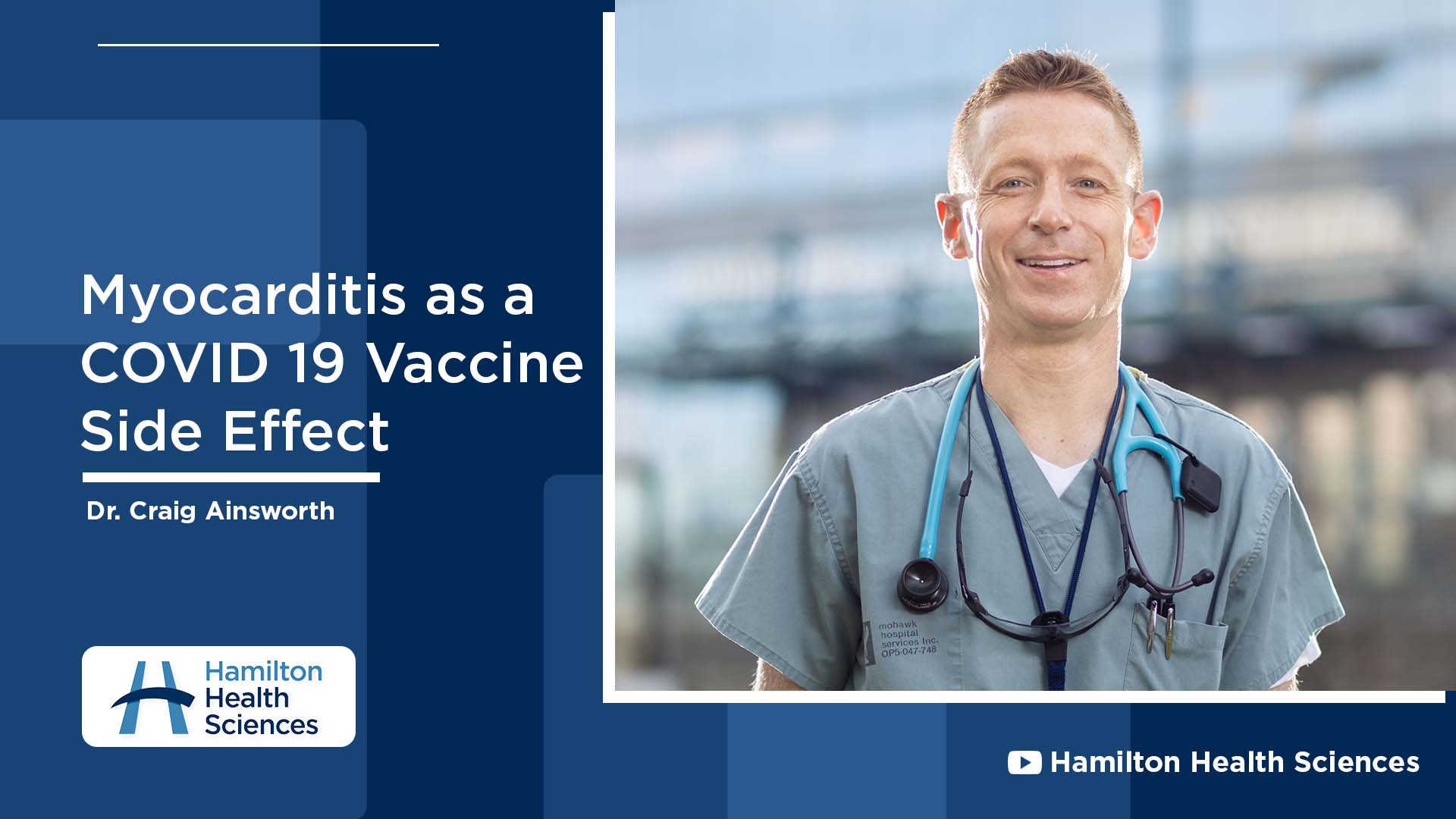
Travelling during March Break? Here are some tips to consider.
This story reflects the information available at the time of publishing. Guidelines may change. Please visit the City of Hamilton’s website for the latest information.
Ontario’s March Break is just around the corner and this year’s edition is looking much more promising than the last two. Both the federal and provincial governments recently lifted COVID-19 restrictions related to travel and vaccinations, so if you’re planning to travel, how can you weigh the risks and do the most to keep your family safe?
From rescheduled to on schedule
Last year, the Ontario government postponed March Break for a month due to an increase in positive COVID-19 cases and new variants present in the community. The provincial government was still using its colour-coded framework at the time and Hamilton was in the red – one step away from the grey lockdown.
In just one year, vaccines have become available for everyone over the age of five, and scientists continue to learn more about the virus and the disease every day.
Fast forward to today and Ontario has lifted many of its COVID restrictions while the Canadian government has removed its travel advisory and adjusted testing requirements to re-enter the country.
Cautious optimism
A number of factors are leaving many people feeling more optimistic about returning to pre-pandemic activities and the start of March Break is one of them.

Jeff Pernica
“My feeling is that going away for March Break this year is going to be similar to going away for March Break pre-COVID,” says Dr. Jeffrey Pernica, medical director of pediatric infectious disease service at HHS’ McMaster Children’s Hospital.
Some of the encouraging factors include the federal government’s recent decision to drop its requirement to produce a negative PCR test for people returning to Canada.
And vaccination rates in Ontario are also high – 86 per cent of those eligible for the COVID vaccine are double vaccinated, although only 53 per cent of eligible people in the Hamilton area have received a third shot, which provides the highest protection against severe illness from COVID-19.
Boost your protection – get vaccinated

Dr. Dominik Mertz
If you and your family plan to spend March Break outside of Canada, vaccination is key, says Dr. Dominik Mertz, medical director of infection prevention at HHS. And not only COVID vaccination.
“You also have the risk of other infections while you’re abroad,” he says, “so it’s important to get all of your proper vaccinations and I would consider the COVID vaccine a part of that. If you haven’t had your booster yet and are particularly higher risk – now would be a great time to get it.”
While vaccines start working with your immune system right away, they’re most effective after your body has time to mount a reaction. Clinical trials show COVID vaccine protection is optimal from about two weeks after your second dose. A third dose is recommended at least six months from the date of the second dose.
Even though 5-11 year olds are not at high risk of developing severe outcomes from COVID, the vaccine is also recommended for this age group.
“The vaccine is safe – it will reduce the number of children developing severe COVID,” says Pernica. Despite a recent study from New York that suggests the children’s COVID vaccine resulted in a lower efficacy rate against Omicron infection versus vaccinated adults, Pernica says there is still merit to getting your children vaccinated. “There are no significant worrisome safety signals from the vaccine with this age group – and, to date – almost 10 million children in North America have received the vaccine since last November, so it’s a viable option.”
Mask protection indoors
Many people enjoy travelling to warmer climates during March Break. If you’re going to a destination where you will be spending most of your time outdoors, wearing a mask may less necessary, depending on the setting.
“Wearing a mask outdoors probably does very little to reduce transmission,” says Pernica. “However, if you’re going to be indoors where it’s crowded, yes, masks would help. People should do what makes them comfortable and if that includes wearing a mask, wear the mask.”
A safe return home
If travelling outside of Canada, it’s important to be aware of your destination’s COVID situation. “Look at the risk in that particular country,” says Mertz. “Consider the number of contacts you will have and the individual’s risk of infection.”
Keep in mind that if you develop COVID symptoms and test positive before returning to Canada, coming home won’t be an option – at least, not until you can produce a negative test.
“The most common challenge we see with people travelling abroad is that they test positive when they want to return,” say Mertz. “If that happens, it will delay your return because you won’t be able to get on your flight.”
If returning to Canada at a land border, your arrival will also be delayed until you can produce a negative antigen test.
Staying local and staying safe
If you are staying close to home this March Break, continue to follow public health guidelines, including wearing a mask indoors with people outside your household. There will be many opportunities for outdoor activity, which is much lower risk than indoors, so stick with that option if it makes you and your family more comfortable.
With the province lifting mask mandates in the very near future, March Break would be a perfect time to get your children vaccinated. Hamilton Public Health has a number of resources about the vaccine, including videos featuring health experts from McMaster Children’s Hospital and the Hamilton Family Health Team. Book an appointment or just walk in at several locations in Hamilton.
If you have questions or concerns, consult your primary health care provider, such as your family doctor.


